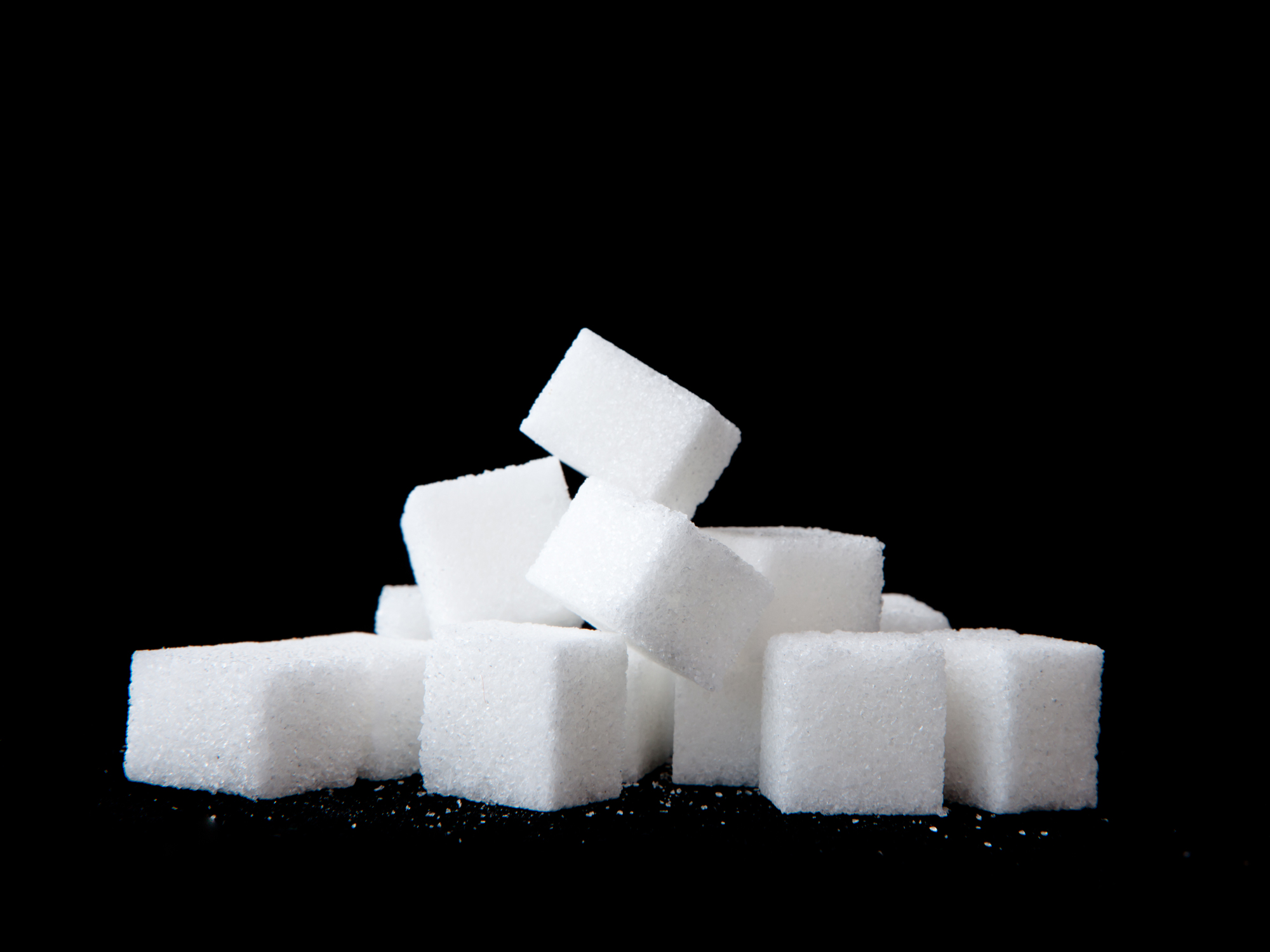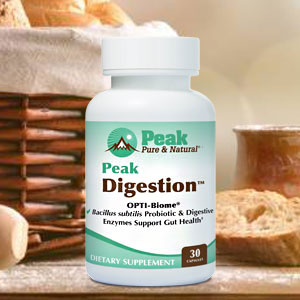Get Easy Health Digest™ in your inbox and don’t miss a thing when you subscribe today. Plus, get the free bonus report, Mother Nature’s Tips, Tricks and Remedies for Cholesterol, Blood Pressure & Blood Sugar as my way of saying welcome to the community!
Gut secret reveals why sugar makes us sick and fat and how to stop it

Your microbiome does a lot for you. This invisible team of microorganisms runs defense for your body, keeping your immune system strong and protecting you from diseases.
Since your microbiome does so much for you, you’ll want to support it as much as possible. And do you know one of the best ways to show your microbiome some love?
Cut out the cookies and cupcakes.
Most of us are eating far too much sugar. On average, Americans are getting 19.5 teaspoons of added sugar per day — that’s two to three time more than what’s recommended. And our microbiomes are suffering as a result.
Much of your microbiome is in your gut, and there’s both good and bad bacteria in there. You want to encourage the good guys, so the bad guys don’t take control and send your microbiome out of balance. Sugar, unfortunately, feeds that bad bacteria in your gut, helping it get a stronghold over the good guys.
If you have a sweet tooth like me, it’s sad to think that something as delicious as a homemade cake puts the balance of your microbiome in jeopardy.
But the latest research from Princeton University may show exactly why sugar messes with your microbial balance so much… sugar was never supposed to end up in your gut in the first place.
How sugar sneaks into your microbiome
Princeton University researchers recently discovered what happens when the body is swamped with sugar…
The small intestine (which processes sugar) becomes overwhelmed. It can’t keep up with the sugar it’s receiving, so it sends some to the liver. This can lead to fatty liver, insulin resistance and diabetes. But that’s not where the sugar sharing stops.
Related: Special antioxidant food abolishes fatty liver disease
When the small intestine can’t process sugar fast enough, that sugar travels to the large intestine and colon. The large intestine and colon contain most of your microbiome, which was never meant to come in contact with sugar. Why?
Well, in a perfect world, everyone would eat modest amounts of sugar that could easily be cleared by the small intestine. But that’s not what’s happening today…
“The microbiome is designed to never see sugar,” said study author Joshua D. Rabinowitz of the Lewis-Sigler Institute for Integrative Genomics at Princeton University. “One can eat an infinite amount of carbohydrates, and there will be nary a molecule of glucose that enters the microbiome. But as soon as you drink the soda or juice, the microbiome is seeing an extremely powerful nutrient that it was designed to never see.”
Related: When gut syndromes team up for a world series of hurt
Princeton researchers figured this out by giving mice large amounts of fructose, a sugar found in fruit. About 90 percent of the sugar was absorbed by the small intestine. But the 10 percent it couldn’t handle went to the liver, large intestine and colon.
Some good news for sugar lovers…
So does that mean you should permanently cut sugar from your diet?
Not necessarily.
Eating sugar in moderation is fine. According to Princeton researchers, when you eat moderate amounts of sugar, it’s all processed in the small intestine. That means it never makes it to the liver, large intestine or colon, where it has the potential to damage your health.
“There is a fundamental physiological difference in how smaller and larger amounts of sugar are processed in the body,” said Rabinowitz. “However, the small intestine probably starts to get overwhelmed with sugar halfway through a can of soda or large glass of orange juice.”
Researchers uncovered one other way to minimize the negative effect of an occasional sugary treat…
The small intestine processes sugar better when you eat it with a meal. So that mid-afternoon cupcake is going to do more damage than an after-dinner cookie. Good to know!
It’s also important to remember that some sugars are worse for your microbiome than others. Artificial sweeteners, for example, are a death sentence for your microbial diversity. Honey, on the other hand, contains prebiotic fiber that can actually give the good bacteria in your gut a boost.
But in general, the best guideline for a balanced microbiome is modest sugar intake — 6 to 9 teaspoons of added sugar per day at most.
Sources:
- Mouse study reveals what happens in the gut after too much fructose — MedicalXpress. Retrieved February 9, 2018.
- Fast Facts About the Human Microbiome — The Center for Ecogenetics and Environmental Health, University of Washington. Retrieved February 9, 2018.
- Jang, et al. “The Small Intestine Converts Dietary Fructose into glucose and organic acids.” — Cell Metabolism. February 2018; 27(2): 351-361.
- Mohan, et al. “Effect of honey in improving the gut microbial balance.” — Food Quality and Safety, 2017, 1(2): 107–115.
- 5 Things Destroying Your Gut Health — Cooking Light. Retrieved February 9, 2018.













